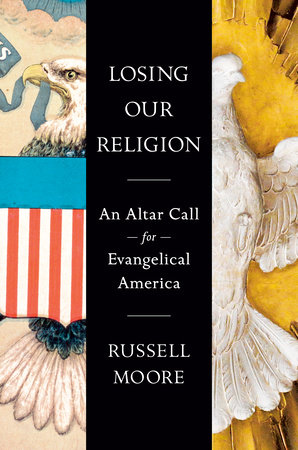Whenever I tell people that I’m working on a book on adoption, they’ll often say something along the lines of, “Great. So, is the book about the doctrine of adoption or, you know, real adoption?” That’s a hard question to answer, because you can’t talk about the one without talking about the other. Also, it is not as though we master one aspect and then move to the other–from the “vertical” to the “horizontal” or the other way around. That’s not the picture God has embedded in his creation work.
The Bible tells us that human families are reflective of an eternal Fatherhood (Eph 3:15). We know, then, what human fatherhood ought to look like on the basis of how our Father God behaves toward us. But the reverse is also true. We see something of the way our God is fatherly toward us through our relationships with human fathers. And so Jesus tells us in our human father’s provision and discipline we get a glimpse of God’s active love for us (Matt 7:9-11; Heb 12:5-17). The same truth is at work in adoption.
Adoption is, on the one hand, gospel. In this, adoption tells us who we are as children of the Father. Adoption as gospel tells us about our identity, our inheritance, and our mission as sons of God. Adoption is also defined as mission. In this, adoption tells us our purpose in this age as the people of Christ. Missional adoption spurs us to join Christ in advocating for the helpless and the abandoned.
As soon as you peer into the truth of the one aspect, you fall headlong into the truth of the other, and vice-versa. That’s because it’s the way the gospel is. Jesus reconciles us to God–and to each other. As we love God, we love our neighbor; as we love our neighbor, we love our God. We believe Jesus in “heavenly things”–our adoption in Christ–so we follow him in “earthly things”–the adoption of children. Without the theological aspect, the emphasis on adoption too easily is seen as mere charity. Without the missional aspect, the doctrine of adoption too easily is seen as mere metaphor.






